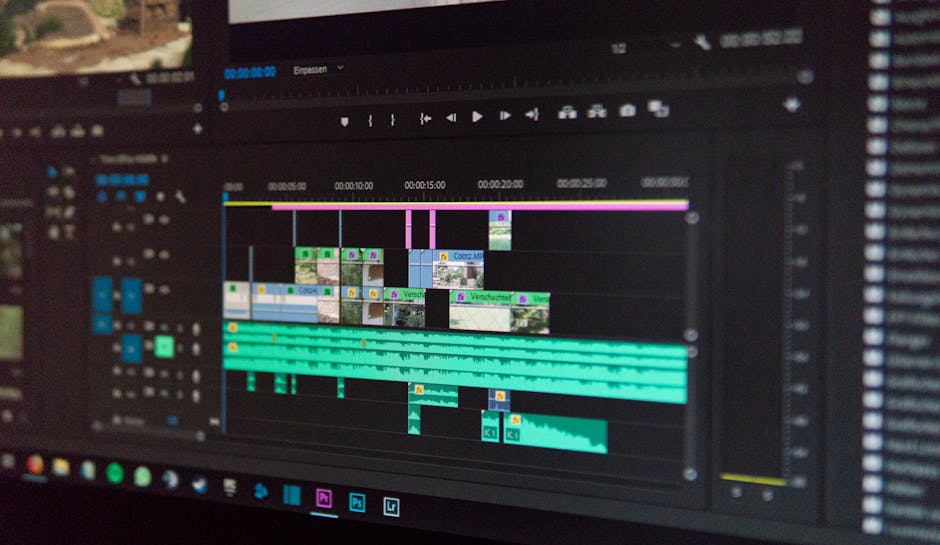Designing Your Own Virtual Regatta: A Comprehensive Guide
Virtual regattas have become increasingly popular in recent years, offering sailing enthusiasts a chance to experience the thrill of competitive sailing from the comfort of their own homes. With advancements in technology, designing your own virtual regatta has never been easier. In this guide, we will explore the ins and outs of creating your own virtual sailing event, from choosing the right platform to designing challenging courses. Whether you’re an experienced sailor looking to hone your skills or a newcomer to the world of virtual regattas, this guide will provide you with all the information you need to get started.
The Rise of Virtual Regattas

Virtual regattas have gained popularity for several reasons. They offer a convenient way for sailors to compete without the need for physical boats or travel expenses. Additionally, virtual regattas can attract a wider audience, including those who may not have access to traditional sailing venues. The accessibility of virtual regattas has opened up new possibilities for sailors around the world.
Choosing the Right Platform

One of the first steps in designing your own virtual regatta is choosing the right platform. There are several options available, each with its own features and capabilities. Some popular virtual regatta platforms include Virtual Regatta, SailX, and VR Regatta. It’s important to research each platform to determine which one best suits your needs and the needs of your participants.
Virtual Regatta, for example, is known for its realistic sailing simulation and customizable race settings. SailX offers a social networking aspect, allowing sailors to connect with others from around the world. VR Regatta, on the other hand, focuses on providing a realistic sailing experience for VR headset users. Consider the features and user experience of each platform before making your decision.
Designing Challenging Courses

Once you’ve chosen a platform, the next step is to design challenging courses for your virtual regatta. Course design plays a crucial role in the overall success of the event, as it can test participants’ sailing skills and strategic thinking. When designing courses, consider factors such as wind conditions, current, and obstacles.
Interactive maps and course planning tools can help you create engaging courses that offer a mix of challenges and opportunities for strategic decision-making. You can also incorporate real-world sailing locations into your courses to add an element of authenticity to the virtual regatta.
Recruiting Participants

Recruiting participants is essential for the success of your virtual regatta. Reach out to sailing clubs, forums, and social media groups to promote your event and attract participants. Consider hosting practice races or training sessions to generate interest and help participants familiarize themselves with the platform and course layout.
Offering prizes or awards can also incentivize participation and encourage friendly competition. Consider partnering with sponsors to provide prizes such as virtual sailing gear, subscriptions to sailing magazines, or even real-world sailing experiences.
Managing the Event
Managing a virtual regatta requires careful planning and organization. Create a schedule for the event, including race times, briefing sessions, and award ceremonies. Communicate regularly with participants to provide updates and address any questions or concerns they may have.
Consider appointing race officials or moderators to oversee the event and ensure fair play. Monitoring the races in real-time can help prevent cheating or rule violations. After the event, collect feedback from participants to identify areas for improvement and make adjustments for future regattas.
Technical Considerations
When designing your own virtual regatta, it’s important to consider the technical requirements of the platform you choose. Ensure that participants have access to reliable internet connections and compatible devices. Provide clear instructions on how to download and install the necessary software, as well as how to navigate the platform and join races.
Test the platform with a small group of participants before the event to identify any technical issues or bugs that need to be addressed. Consider offering technical support during the event to assist participants with any troubleshooting or software-related issues.
Future Trends in Virtual Regattas
The future of virtual regattas looks promising, with advancements in technology paving the way for more immersive and realistic sailing experiences. Virtual reality (VR) technology, for example, has the potential to revolutionize virtual regattas by offering a truly immersive sailing experience.
AI-powered sailing simulations could also enhance the realism of virtual regattas by creating more challenging opponents and dynamic race conditions. As virtual regattas continue to evolve, we can expect to see new features, customization options, and social interactions that further enhance the overall experience for participants.
Conclusion
To wrap things up, designing your own virtual regatta is a rewarding and exciting endeavor that offers a unique way to experience the thrill of competitive sailing. By choosing the right platform, designing challenging courses, recruiting participants, and managing the event effectively, you can create a memorable and engaging experience for sailors of all skill levels. As technology continues to advance, the possibilities for virtual regattas are endless, offering new opportunities for sailors to connect, compete, and enjoy the sport of sailing in a virtual setting.
Whether you’re a seasoned sailor looking to test your skills or a newcomer to the world of virtual regattas, designing your own event is a great way to experience the excitement of competitive sailing from anywhere in the world. So why wait? Start designing your own virtual regatta today and embark on a sailing adventure like never before.




